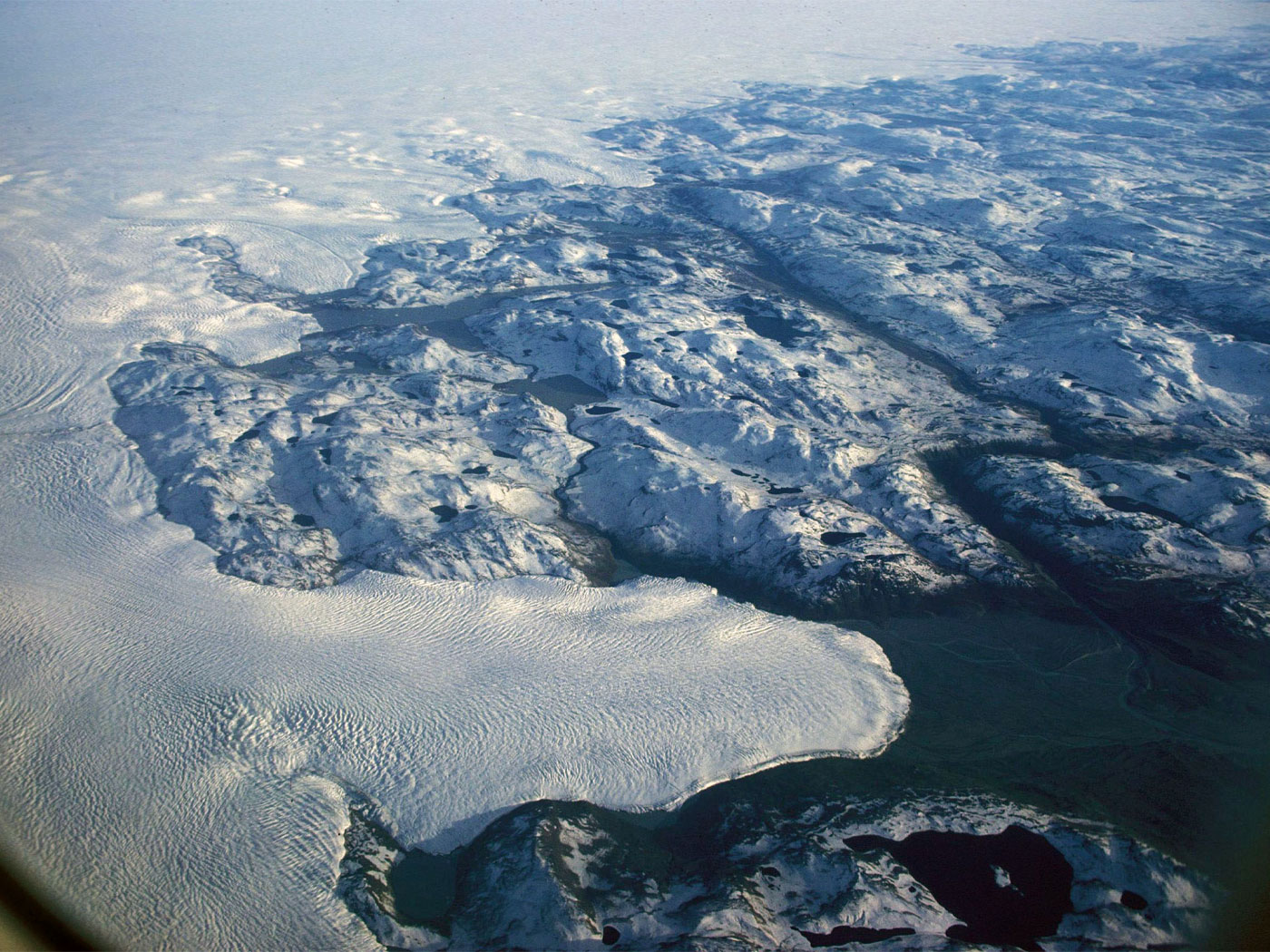God gifted His living creatures with the ability to adapt to new or changing environments. Genetic diversity in adaptation refers to variation within created kinds of organisms. For example, consider the wide variety of dogs—they come in all shapes, colors, and sizes. Humans also exhibit a large amount of variation. Observable variation in the appearance of different kinds of creatures is referred to as phenotype. Phenotypic diversity is largely based on an organism’s genetic makeup (genome). The genome exhibits variation in DNA sequence called genetic diversity.
Genetic diversity is an important feature of adaptation, as evidenced by the fact that animals experience the accumulation and expression of harmful mutations during inbreeding (mating of close relatives). Inbreeding lowers the genetic diversity in a population and makes the creatures less robust and adaptable. Even among some types of plants that have self-fertilizing flowers, significant levels of out-crossing—where pollen is transferred via wind, insects, etc.—still occur and contribute to the enhancement of genetic diversity.
Genetic diversity is related to different parts of an organism’s genome. When genomes are compared within created kinds, certain portions are very stable and remain very similar among individuals, while other parts of the genome are extremely variable. Clearly, genetic variability is part of God’s design for plants and animals, but it is employed as an engineered system with limitations. These systems of genetic variability are just beginning to be understood; they involve not only diversity in actual DNA sequence, but also diversity in heritable chemical modifications to the DNA (methylation) and in the proteins that package the DNA (acetylation). This type of heritable variation is called epigenetic modification. It does not actually change the base sequence of DNA, but influences its function and adds another important aspect to genetic variation.
The difference between simple traits and multigenic inheritance associated with complex traits has caused some confusion among creationists. Simple inheritance generally refers to traits largely controlled by one or just a few regions in the genome. Examples of this type of inheritance include things like eye color, hair color, etc. A recent creationist article on coat color in deer shows how this type of variability functions in nature.1
However, as discussed in the previous article in this series,2 most expressed traits are related to adaptations associated with biologically complex responses. These adaptations involve networks of many genes, referred to as quantitative traits, and are studied by complex DNA mapping experiments across multiple environments. For this type of data, complicated statistical models are employed; they enable the identification of multiple genomic regions and the percentage of variability that mapped points along chromosomes contribute to a certain trait.
Another question surrounding genetic variability is the type of genomic DNA sequence features underlying its function. A variety of creation scientists, including Jean Lightner, Todd Wood, Peter Borger, and others, have presented data and models involving the genetic diversification of created kinds via transposable elements and other types of non-protein-coding DNA. These sequences appear to offer the most opportunities for models of genetic diversity and the diversification of created kinds. Scientists have characterized these portions of the genome as containing an extremely rich storehouse of functional features that regulate many aspects of gene expression.3
Biology researchers at ICR are currently reviewing creationist and secular literature on non-coding DNA to determine new venues of research into the field of genetic diversity and the role it plays in adaptation.
References
- Catchpoole, D. 2012. Dear deer: when white ‘mutants’ have a selective advantage. Creation. 34 (1): 28-31.
- Tomkins, J. 2012. Mechanisms of Adaptation in Biology: Molecular Cell Biology. Acts & Facts. 41 (4): 6.
- Shapiro, J. A. and R. von Sternberg. 2005. Why repetitive DNA is essential to genome function. Biological Reviews. 80 (2): 227-250.
* Dr. Tomkins is Research Associate at the Institute for Creation Research and received his Ph.D. in Genetics from Clemson University.
Cite this article: Tomkins, J. 2012. Mechanisms of Adaptation in Biology: Genetic Diversity. Acts & Facts. 41 (5): 8.






















